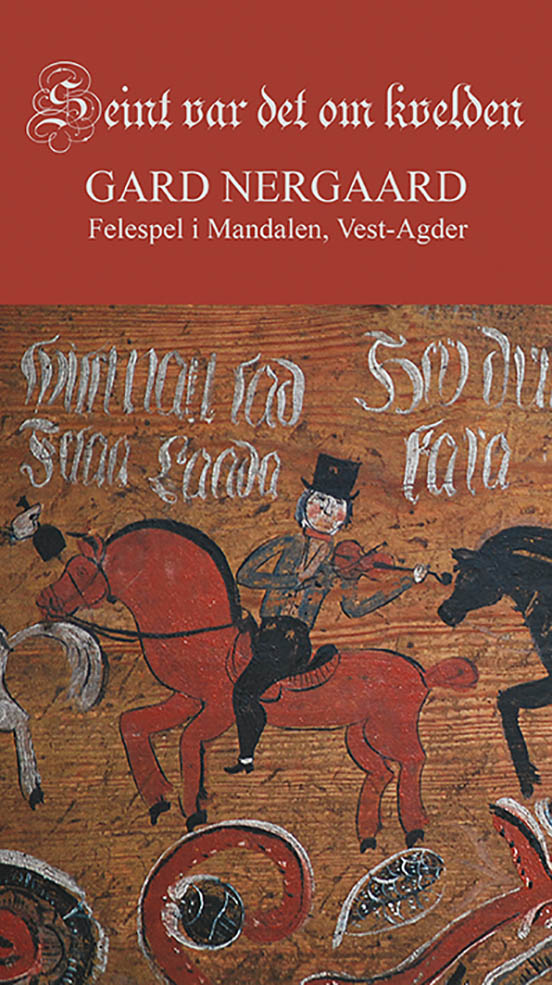
This edition presents traditional music from the valley of Mandalen in Vest-Agder, southern
Norway. It goes into a series of efforts made by Etnisk Musikklubb Norway to highlight rare music
on the point of being forgotten. The culture of this valley has hitherto, especially in the domain of
instrumental music, not been presented in a way it deserves. This publication aims to do
something about that in drawing attention to non-documented music and to the influential
musicians from this region, a cultural meeting point and melting pot through the centuries.
Old tradition
CD1 is concentrated around the oldest part of the fiddle tradition, which dates back to the time
when the instrument first started to gain territory here in the first half of the 18th century. The
roots of this music often go back even further, finding its origin in ancient vocal traditions. The
frequent ?sl?ttestev?, songs connected to the fiddle tune which were used either as an introduction
or more independently of the fiddle version, is a proof of this. The tunes from this period often
exhibit a sense of tonality different from ours, even in the cases when the intonation has been
adapted to our moderns systems.
Similar with baroque music, the melodies are often built on one or a few motives which lead to
variations and improvisations.
A distinguishing feature of this music is that it was most often connected to great events.
Especially weddings had strict procedures when it came to when the various dances were to come
in the program. Often there is also a mythical background behind the tunes, where the music is
connected to older religious beliefs. Many a fiddler had the dreadful reputation of creating an
ecstatic mood among the dancers, and therefore religious movements held it to be inspired by evil
spirits. Normally the celebrations went on under worthy conditions, and everybody could
participate without problems. But this was going to change.
The peak
In the 1780s the authorities opened up for free trade and broad contact with other countries. One
result of this was a wave of importation of dances especially from the other North Sea countries,
and the Napoleonic Wars further contributed this development. From Germany came
?reinlendar? (dance from the Rhine valley), masurka (muzurka) from Poland, ril (reel) from Great
Britain, galopp (galop) from France. The new rhythms quickly found more local forms, and local
musicians embarked upon a great production of new melodies to meet the popular demand. Few of
these melodies had any connection to folklore, they were just meant for dancing. Inasmuch as this
music came in addition to the older tradition, it brought the local culture to a peak around the
1830s. CD2 reflects this new reality, with the old and new living alongside each other.
Division and decline
At this time the traditional wedding culture got two mighty enemies - alcohol and modernisation.
Free trade also meant an increased import of cheap liquor, and in combination with the multiplied
local production of spirits, the celebrations were soon marked by an enormous abuse. The church
responded by condemning this sort of social gatherings. And what is more the authorities
recommended a modernisation of society. These two elements tore away the base for the
traditional musical culture - the big events where it had had its use. The fiddlers lost their income
and the music was now in free fall.
